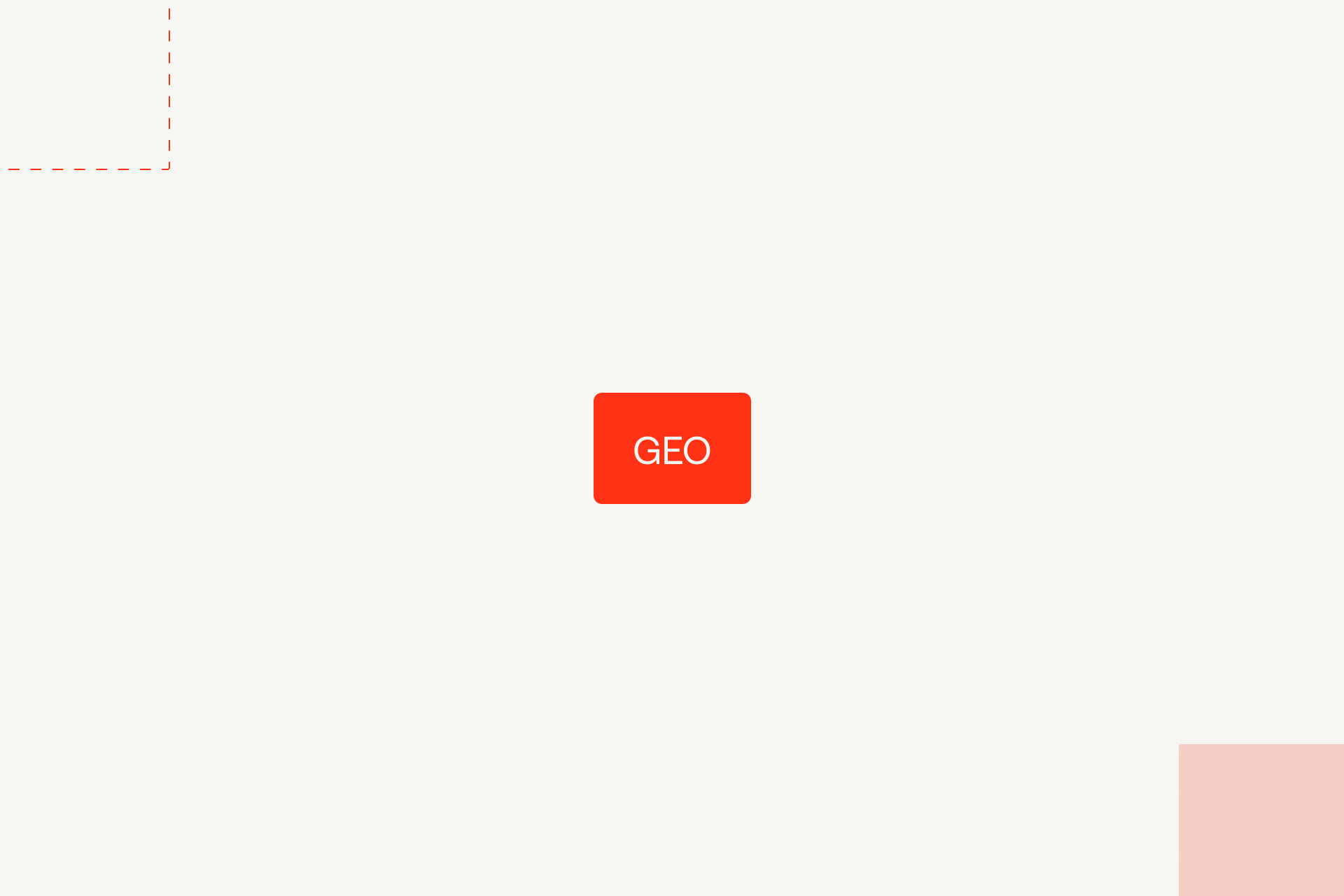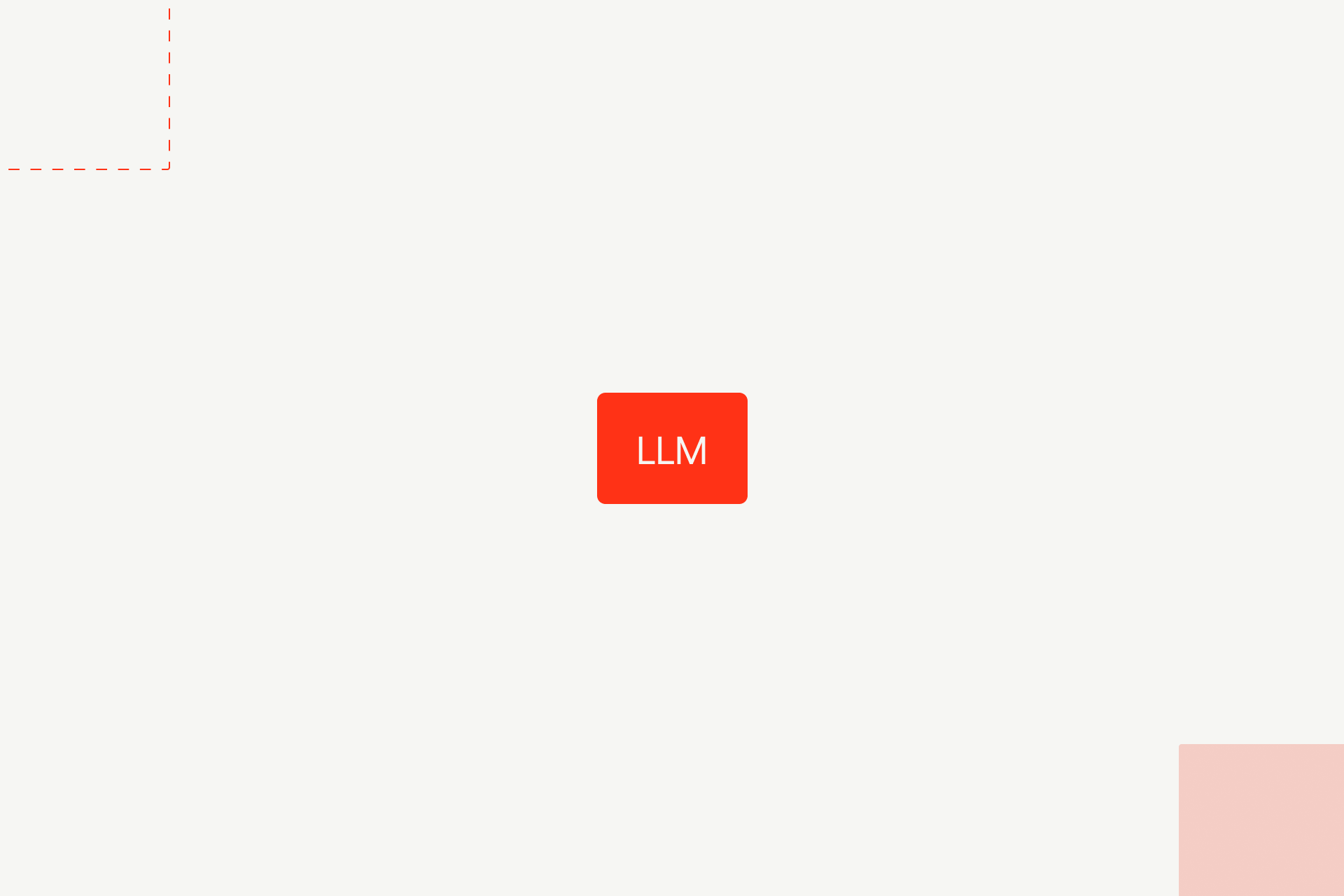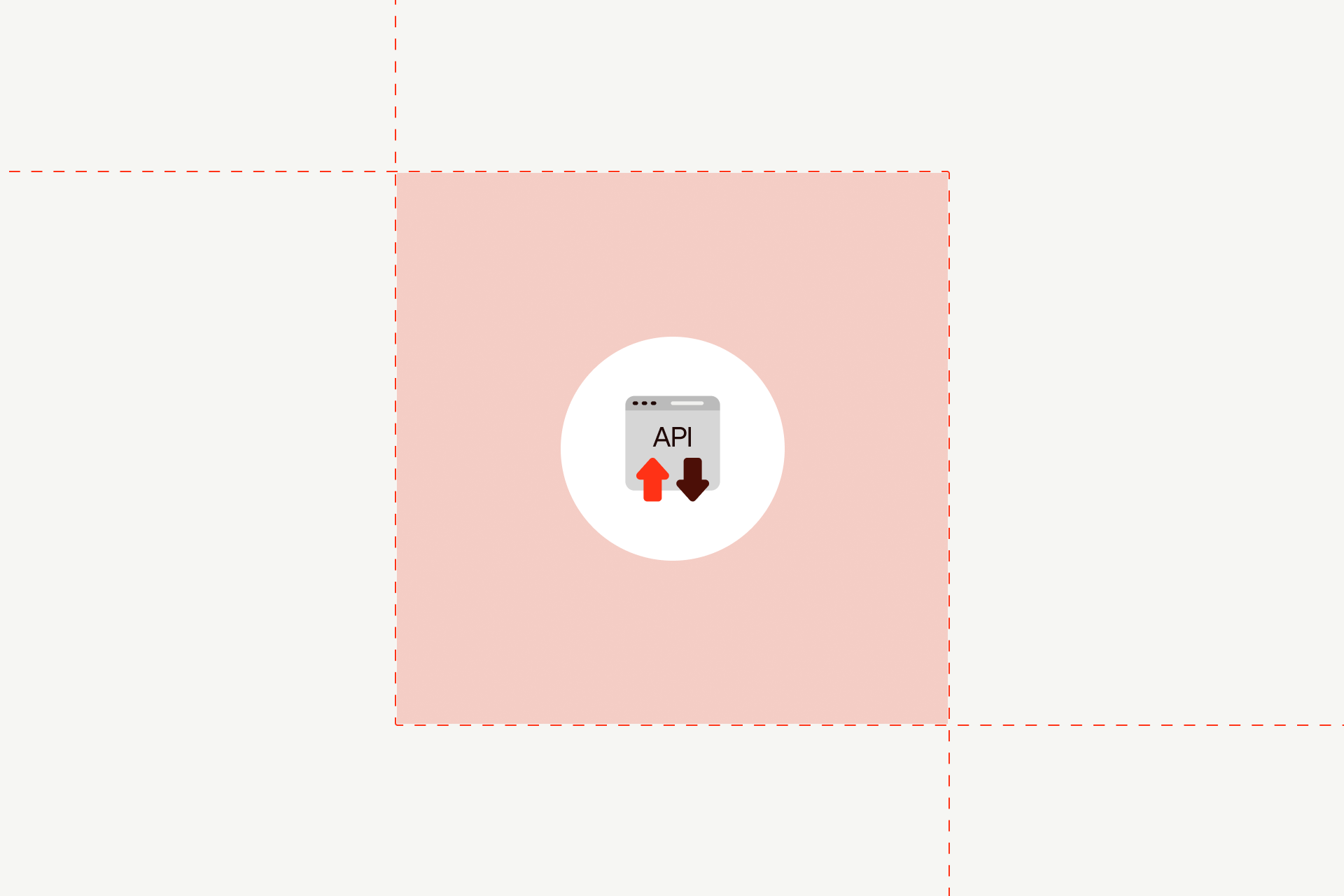SEO vs GEO vs AEO vs LLM (2026): How Each Shapes AI Search Visibility

SEO vs GEO vs AEO vs LLM (2026): The New Hierarchy of Visibility

SEO has become a hot topic in the past few months. If you follow SEO trends and keep up with the news from the search engine optimization world, you will see that every week, someone claims that “SEO is dead”.
We understand why people are saying this, but that line misses the point because SEO isn’t disappearing, it’s mutating. In simple terms, what used to be a game of keywords and backlinks is becoming something broader: a system for feeding machines the right information so they can read our content the way we meant it to be understood.
There’s AI too, so we must say right away that we’re not fighting AI, we’re training it. The better we structure, verify, and connect our data, the more likely it is to survive in a world where search looks less like a list of links and more like a stream of summarized answers. So no, SEO isn’t dead. It’s just being rewritten so that even a language machine can understand it.
Why This Comparison Matters Now
Now, besides SEO, we’re dealing with GEO, AEO, and LLM optimization, where each one expands what visibility means.
The thing is, search is no longer a simple question of who ranks first on Google. What people type into a box is changing, and so is where those answers come from. At the same time, users ask full questions in natural language, expecting a direct answer instead of a list of links and novels about a certain topic.
That change puts marketers in a strange position, because no one is optimizing for a single platform any more, or even one kind of user behavior. Visibility now stretches across traditional search, AI chat interfaces, and voice results, and a page that ranks well on Google might not appear at all inside Perplexity, ChatGPT, or Gemini. This is because generative platforms often use different retrieval mechanisms, such as Retrieval-Augmented Generation (RAG) querying against their own web indexes, which prioritize signals like data-density and factual consistency differently than Google's traditional link-based algorithm.
The keyword for today’s visibility is - layering. Traditional SEO is still in the game, but it’s no longer the finish line. Above that sit AEO (Answer Engine Optimization), GEO (Generative Engine Optimization), and LLM optimization.
This post breaks down what each layer means, why it exists, and how the tactics and metrics shift as we move from keyword ranking to AI-driven retrieval.
SEO: The Foundation of Discoverability

What It Is
SEO (Search Engine Optimization) is where it all begins. SEO is making your content visible and understandable to both people and search engines. The essentials in SEO haven’t changed: solid technical setup, useful content, and healthy linking patterns, and now strong Core Web Vitals and entity signals still bring those results.
Primary Target
Google and Bing remain the main players. They’re still where most searches begin, and their algorithms continue to define how content is organized and ranked.
Purpose
SEO helps your brand show up when someone searches for something you offer, turning visibility into traffic and engagement. Keywords still count, but search is becoming more conversational, so relevance and clarity count more than ever.
How It Works
Crawlers scan your pages, understand how they’re built, and judge how well they match search intent. They reward relevance, speed, structure, and credibility, all signs that your site delivers a good experience.
Tactics
- Map keywords and entities to match topics and intent
- Use clear titles, meta descriptions, and internal links
- Strengthen technical SEO and Core Web Vitals
- Build links and content hubs that reinforce authority
Metrics
When it comes to SEO, there are a few metrics you can’t ignore. Track organic traffic, rankings, click-through rate, bounce rate, and conversions. These numbers show how well your site is performing in organic search.
GEO: The Visibility Frontier

What It Is
GEO (Generative Engine Optimization) strategy focuses on visibility inside AI systems that create answers instead of showing links. It’s all about how models like ChatGPT, Google AI Overviews/AI Mode, Gemini, Perplexity, and Copilot gather and reference your information.
Primary Target
The focus here is on generative search tools, chat systems, and AI assistants that summarize data from multiple trusted sources rather than display rankings.
Purpose
GEO aims to earn brand mentions and citations inside AI-generated responses. When these systems cite your content, it signals authority and recognition in the next layer of search.
How It Works
Generative models depend on structured, factual, and consistent data. If your brand and product information match across trusted databases, AI systems are more likely to use it when building responses.
Tactics
- Use a structured schema for organizations, people, and product
- Keep facts consistent across Wikipedia, Crunchbase, and other sources
- Add author and brand schema to strengthen credibility
- Monitor brand mentions in AI-generated content
Metrics
Track AI citation share, mentions inside AI responses, structured data accuracy, and Knowledge Graph visibility. These show how often AI systems rely on your data.
AEO: The Layer of Answers

What It Is
AEO (Answer Engine Optimization) is a strategy that focuses on clarity, helping search engines and AI agents find direct, reliable answers in your content. The goal is to be quoted, summarized, or voiced as the best response among all of the results.
Primary Target
This layer of optimization covers answer boxes, voice assistants, and featured snippets, where users often get what they need without ever clicking through.
Purpose
AEO helps your content stand out as the go-to answer. If you can explain something clearly in a few lines, backed by structured data, you increase your chances of being featured by search and AI systems.
How It Works
AI tools and search algorithms scan for structured, verified responses that map directly to user questions. The closer your content matches how people ask, the easier it is for machines to understand and use it.
Tactics
- Add FAQ, HowTo, and Q&A schema
- Structure pages around clear, specific questions
- Write in a natural, factual tone
- Optimize for voice queries and zero-click searches
Metrics
Look at snippet coverage, voice impressions, FAQ visibility, and unlinked mentions. These show your content is being surfaced directly by AI and voice systems.
LLM Optimization: The Model-Level Layer

What It Is
LLM Optimization strategy focuses on how large language models (like GPT-5, Gemini, and Claude) understand and recall information about your brand. LLMs are shaping your presence inside the data and context these systems use to generate answers.
Primary Target
This layer targets the training data and retrieval systems that feed LLMs, the foundation of how they learn and respond.
Purpose
The goal is to ensure AI models interpret your brand accurately and consistently. When your information is structured and verifiable, it’s more likely to appear in model-generated outputs.
How It Works
LLMs are pre-trained on a massive, static snapshot of the internet and other datasets. By publishing high-quality, factual, and widely-cited information on authoritative, open platforms, you increase the probability that this data will be ingested during a future training run. When your brand’s information is aligned everywhere, it becomes part of what the model “knows.”
Tactics
- Keep entity data consistent across platforms
- Publish on reliable, structured databases
- Maintain linked data (Wikidata, LinkedIn, Crunchbase)
- Strengthen E-E-A-T signals to boost authority
Metrics
Track entity recognition, factual consistency, Knowledge Graph presence, and inclusion in AI-generated summaries. These show how firmly your brand is embedded within model understanding.
The Visibility Stack in Action

SEO, AEO, GEO, and LLM optimization aren’t competing methods; they’re, as we explained, connected layers in the same system. Each one builds on the previous, forming a full stack of visibility across both human and machine discovery.
#1 SEO is the starting point; it’s where visibility begins. It helps search engines find, read, and understand your content.
#2 Next comes AEO, which takes that same content and shapes it into clear, direct answers that machines can pull and reuse. It’s what gets you into snippets, voice results, and quick responses.
#3 To spice things up, there’s GEO. This one pushes your presence into chat-based systems like ChatGPT, Perplexity, and Gemini, where answers are generated on the fly. Here, accuracy, structure, and authority decide if your content gets cited.
#4 And just when you think it can’t go any deeper, you reach LLM optimization. This is about how AI models themselves understand your data, the layer that makes your brand part of the information they rely on when building answers.
Shared Foundations Across All Layers
No matter which layer you focus on, a few principles tie them together:
- Structured data and schema markup make it easier for both search engines and AI systems to read and understand your content.
- Entity consistency and link structure help machines connect the dots between your pages, people, and products.
- Fresh, accurate content keeps your information relevant and easy to retrieve.
- E-E-A-T and digital authority signal that your brand can be trusted as a reliable source.
These basics keep your visibility steady across every channel, whether someone finds your site, hears your name through a voice assistant, or sees it referenced inside an AI-generated answer.
| Focus | What We're Trying to Do | How We Track It |
Key Technology |
|---|---|---|---|
| SEO | Get found in search engines and drive traffic | Organic Sessions, Rankings, CTR. | GA4, GSC. |
| AEO | Be the direct answer in rich results. | Snippet Rate, FAQ Clicks. | Semrush, GSC. |
| GEO | Get cited by AI models (like ChatGPT). | Brand Mentions in AI outputs. | Writesonic, RankScale. |
| LLM | Align our entity data with the knowledge bases and retrieval layers that AI models rely on. | Entity Inclusion Rate (Model accuracy). | Wikidata API, Monitoring Tools. |
Each layer calls you to look at search results differently. SEO still deals with clicks, rankings, and traffic, but once you move higher, the focus shifts. Now it’s about presence, how often your brand shows up, gets cited, or is mentioned inside AI answers. The cleaner and more factual your content is, the better it performs across every level.
The Future of Optimization
SEO will always be the base, and it’s not negotiable that every brand still needs it. But what counts as visibility has changed, and this is where the change has to be made. Visibility is no longer just about being found online or getting your page in the first 3 organic results.
Yes, that still matters, but being referenced inside AI answers is important too.
GEO and LLM optimization push that idea forward, helping you to find your way within this shift. They act to put your content where answers are made, not just where they’re searched.
The future of optimization isn’t about climbing higher in rankings. It’s about showing up in the answer itself.
| Focus | Simply Put... | Where We Win | How We Do It | What We Measure | Focus |
|---|---|---|---|---|---|
| SEO | Get our content found on Google. | Search Engines | Keywords, Links, Site Speed. | Organic Traffic Volume. | SEO |
| AEO | Be the exact, featured answer. | Snippets, Voice Search | Schema, FAQs, Site Structure. | Snippet Coverage. | AEO |
| GEO | Get cited as a source by AI models. | AI Platforms | Entities, Authority, AI Mentions. | AI Citation Share | GEO |
| LLM | Ensure that AI systems consistently recognise and retrieve accurate information about us. | AI Models | Consistent Data, Trust Signals. | Entity Inclusion Rate. | LLM |
Reach out to the Shadow Digital team!
If your visibility stops at SEO, you’re already behind. It’s time to build a full AI visibility stack that connects discoverability, accuracy, and authority across every layer of search. Learn how Shadow Digital helps brands optimize for the next generation of search.
Book your discovery call today!

Let's Build Your Webflow Website!
Partner with experts who understand your vision. Let’s create a converting user experience and build your website for future growth.



